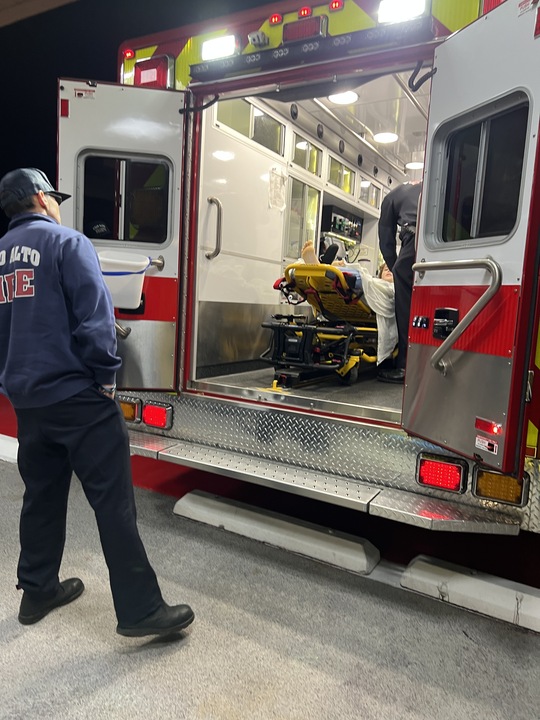Every night they spend hours hunched behind a glowing computer screen, tapping at the keyboard and reviewing each sentence with the utmost concentration. They’re the image of diligent high school seniors hard at work on their college apps, with one minor exception: they’re a few years too old to pass for seventeen.
Rather, they are the MVHS teachers, unsung heroes of the college app season — or, as they affectionately refer to it, the infamous “rec letter season.”
Each year teachers are bombarded by an onslaught of seniors clamoring for recommendation letters. And each year, teachers feel obligated to meet their students’ needs, but the sheer number of requests they receive leaves them feeling overwhelmed and unable to deliver.
Because so many students ask him for recommendation letters, math teacher Jon Stark is forced to turn down requests every year. For this reason, and to ensure that students make informed choices, Stark will only write them recommendation letters after they rank their colleges in order of preference, explain why they’re applying to each school and create “draft letters” for him to emulate. He also only writes letters for a maximum of four schools per student.
“I wound up getting more and more requests as time went by, and [for] some of them I thought I was probably not a wise choice,” Stark said. “So I want to encourage people to be rational about it and to really think and to make good decisions in advance because … there’s so much effort put in by the teachers writing the letters.”
Similarly, history teacher Margaret Platt was asked so many times for recommendation letters that she had to place restrictions on the number of letters she writes. Platt adopted a first-come, first-served system eight years ago and now only takes the first 30 requests after a certain date.
“There’s no way I could teach my classes, get my grading done and write these letters,” she said. “I think students don’t understand that to craft a letter, a well-crafted letter, takes a lot of time, and … I find that I have to put a limit on it.”
Platt adopted a first-come, first-serve system eight years ago and now only takes the first 30 requests after a certain date, usually set around mid-September. Of those 30, only the first 18 are offered early action. In addition, students need to contact her about a possible recommendation letter prior to that day.
This, however, has led to students camping out in front of her room on the day she begins accepting requests. Platt does not endorse their choices and would in fact prefer that students discontinue the practice.
Regardless, Platt needs to set a specific date because otherwise students would not take time to research colleges thoroughly, and instead overrun her with requests in early June. And even with these regulations in place, she still has little free time.
Science teacher Renee Fallon faces the same dilemma as her colleagues. Fallon receives so many requests that in previous years, she has had to spend part of her winter break working on recommendation letters.
According to Fallon, teachers take so long to finish recommendation letters because each letter they write needs to be customized and tailored to the student.
“It takes me about four hours to write a [letter],” Fallon said. “That is above and beyond my work, [and] I think students don’t understand … You are asking for a very large favor when you ask for [a recommendation letter]. It’s really, honestly overwhelming.”
But despite the time lost, each teacher continues writing recommendation letters to ensure their students’ educational success.
“It truly is a joyful burden,” Platt said. “It’s what we do, it’s why we teach: because we love our kids, and we want the best for them.”





